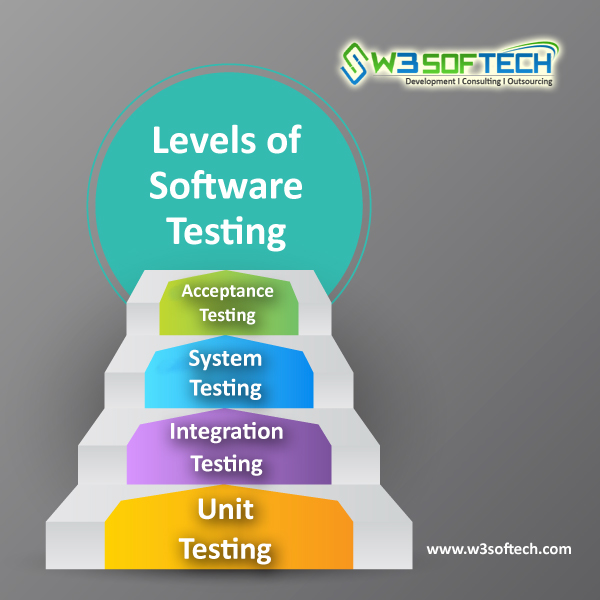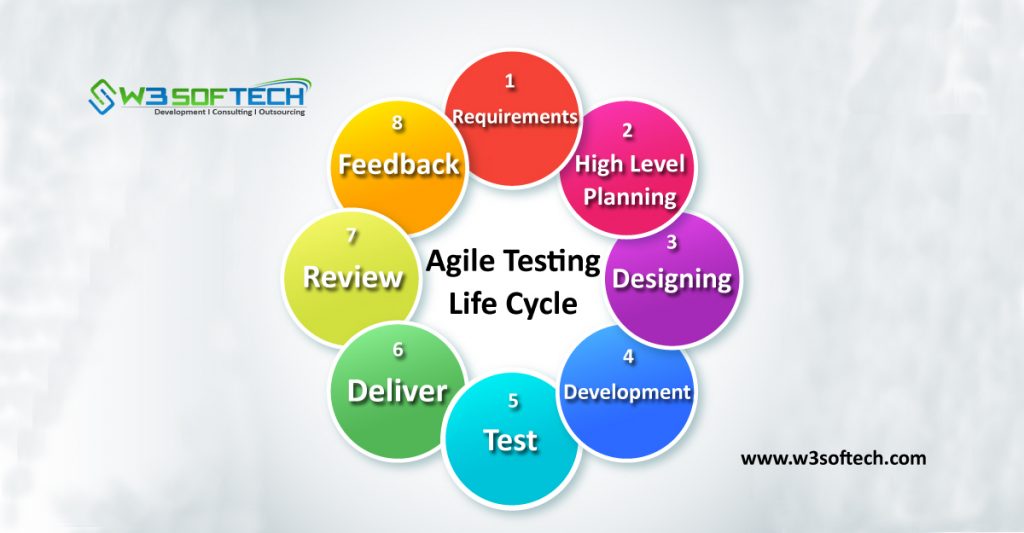Integration Testing
The process of testing the combination of units or integrated units of a system or product is called Integration Testing. It is the second level of software testing and helps to test the multiple modules of software written by different level of programmers. It is also said to be String Testing or Thread Testing. Also one of the levels of testing usually performed by developers or software testers.
Working Process of Integration Testing
- The initial step is to prepare the tests plan
- To design the test cases, test scenarios and test scripts
- To execute the test cases
- Optimize the test cases
- To perform re-testing to ensure that the system is defect-free
Integration Testing Types/Strategies/Approaches
There are 4 different testing approaches namely
- Big Bang Approach
- Top-Down Approach
- Bottom-Up Approach
- Hybrid/Sandwich Approach

Big Bang Approach:
Big Bang Approach is nothing but testing by combining all the functional units at the group. This approach will take place after receiving the software at once.
Top-Down Approach
Here top-level units are going to be tested first later lower level units will be tested one by one. This approach takes help of Test Stubs to perform testing on lower level units
Bottom-Up Approach
It is quite opposite to the Top-Down Approach. This approach takes help of Test Drivers to perform testing on top level units
Hybrid/Sandwich Approach
This approach is the combination of both Top-Down and Bottom-Up Approaches. Here top-level units and lower level units are tested. It takes the help of both test stubs and test drivers
Top 15 Integration Testing Tools
- Citrus
- eZscript
- FitNesse
- Jasmine
- LDRA
- Pioneerjs
- Protractor
- Rational Integration Tester
- SMART INTEGRATION TEST ACCELERATOR (SITA)
- Spock for JAVA
- Steam
- TESSY
- Validate MSG
- VectorCAST/Ada
- VectorCAST/C++



